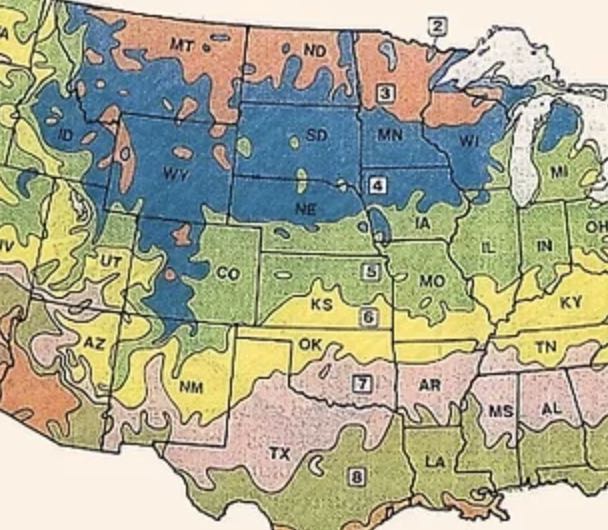How to Start a Vineyard (WikiHOW)

Many people dream of turning their love of horticulture and fruit growing into a vineyard, and others simply want to start a backyard vineyard to make a few bottles of their own wine. Whether a vineyard is your hobby or a potentially money making investment, it’s essential to start off on the right track.
Prepare your land, family, and pocket book, choose the best grapes, and start growing. It may sound simple, but there’s a lot more to it than many first time grape growers know.
Preparing
Learn about the process of growing grapes. The first step is to do your research, and know exactly what you’re getting into. For the first several years of vine growth, you may see minimal or no fruit production, and during this time, the vines are vulnerable to a number pests, fungi and diseases. Growing healthy grapes is a huge time investment.
Visit or contact a local vineyard, and ask to spend time working the vineyard with them. This on the job training is one of the best ways to learn the ins and outs of successful grape growing specific to the area you want to grow in.
Decide what your vineyard will be for. Motivation for growing grapes varies. Many people grow grapes for personal fruit consumption. Others choose to start a small vineyard to produce a few bottles of wine for themselves. You may want to produce grapes that will be sold to a local wine producer, or you may want to grow grapes to make your own wine for sale. You need to know what your goals are before you start planning and planting in order to make decisions about what types of grapes to grow, how many vines to plant, and how much money you’ll need to finance your vineyard.
Study your local climate. You should be sure that grapes grow successfully in the area where you plan to start your vineyard. Get started by learning as much as you can about average temperatures, number of growing days in the season, frost and freeze days, and precipitation (rainfall). To get this information, contact your local agricultural governmental agency or outreach office to find out specifics for the area. They can also help you file necessary paperwork, if you wish to sell your grapes or wine after production.[3]
- In the U.S., you can work directly with the United States Department of Agriculture or the National Institute of Food and Agriculture extension found here https://nifa.usda.gov/extension.
- In Canada, you can work with Agriculture and Agri-Food Canada at http://www.agr.gc.ca/eng/home/?id=1395690825741.
- In the UK, contact the Agriculture & Horticulture Development Board here http://www.ahdb.org.uk/.
- Universities and colleges that offer programs in agriculture or horticulture are also great resources to find out more about climate.
Select a grape variety. As a rule, all grapes do well in areas with warm summers, mild winters, no late freezes, and few chances for spring frost. They do best when temperatures stay above 60 degrees Fahrenheit (16 Celsius) at night and above 70 degrees Fahrenheit (21 Celsius) during the day. Ideally, they take full sun with very little shade. However, you can find a variety of grape for almost any climate.

